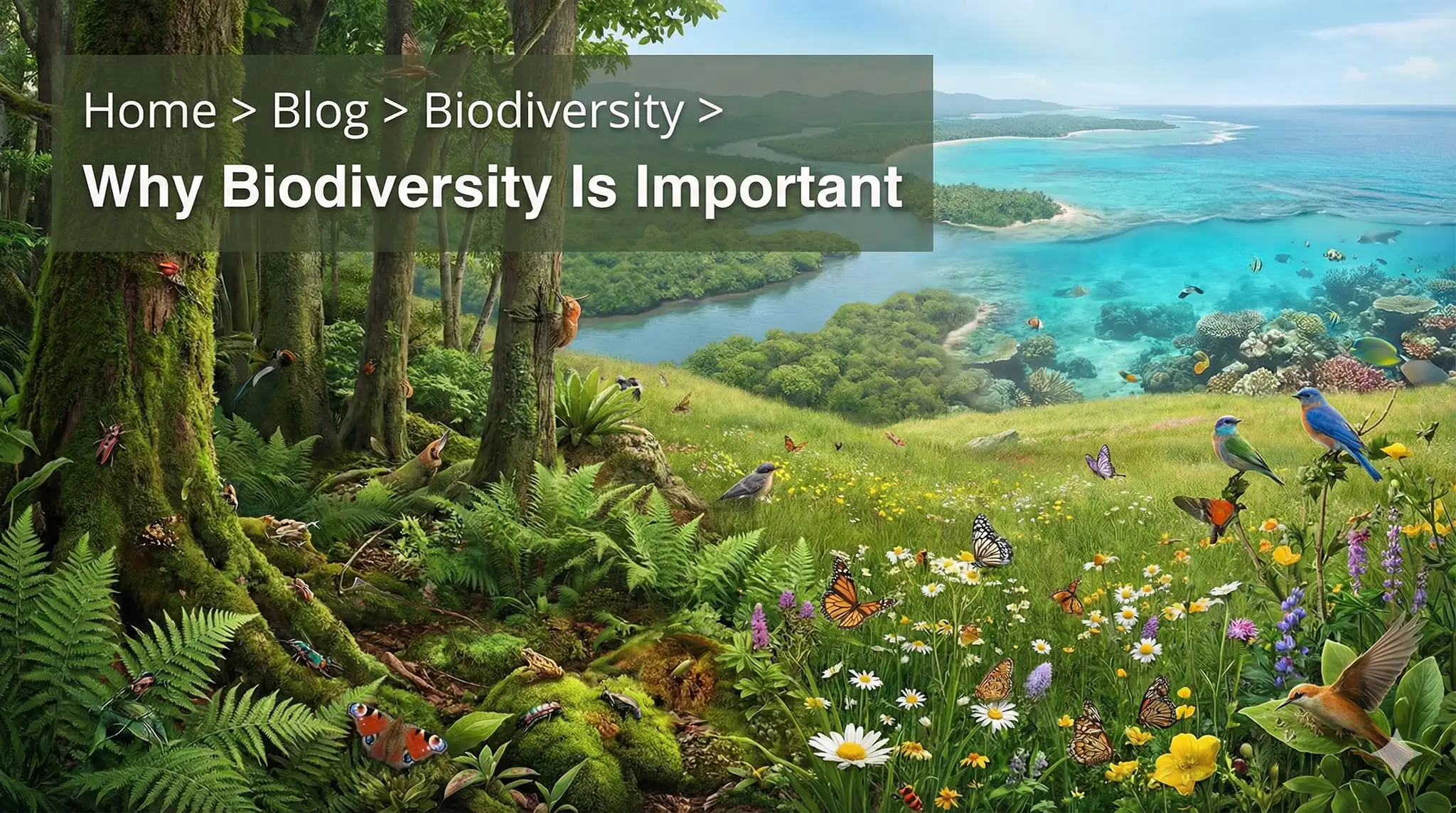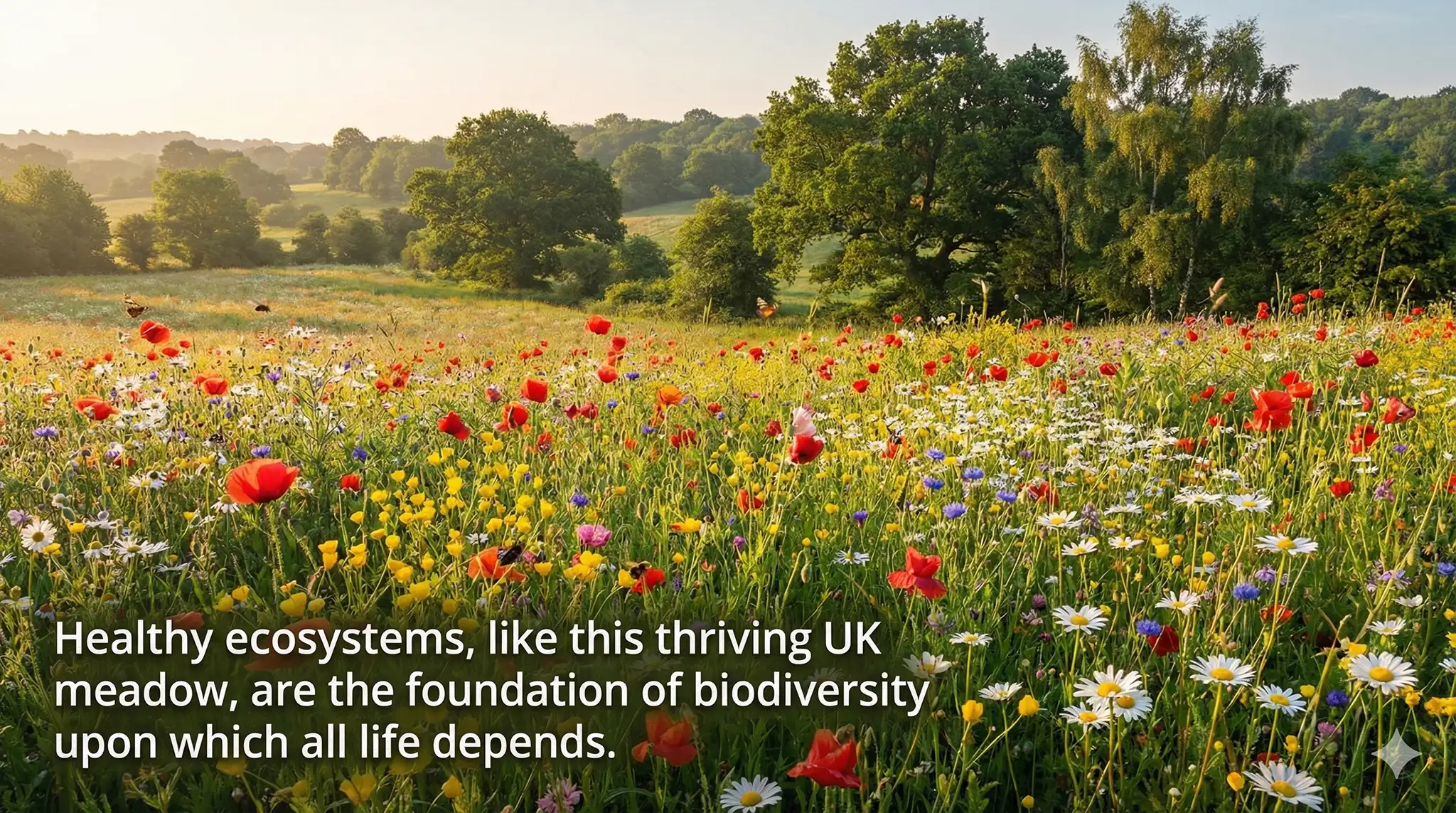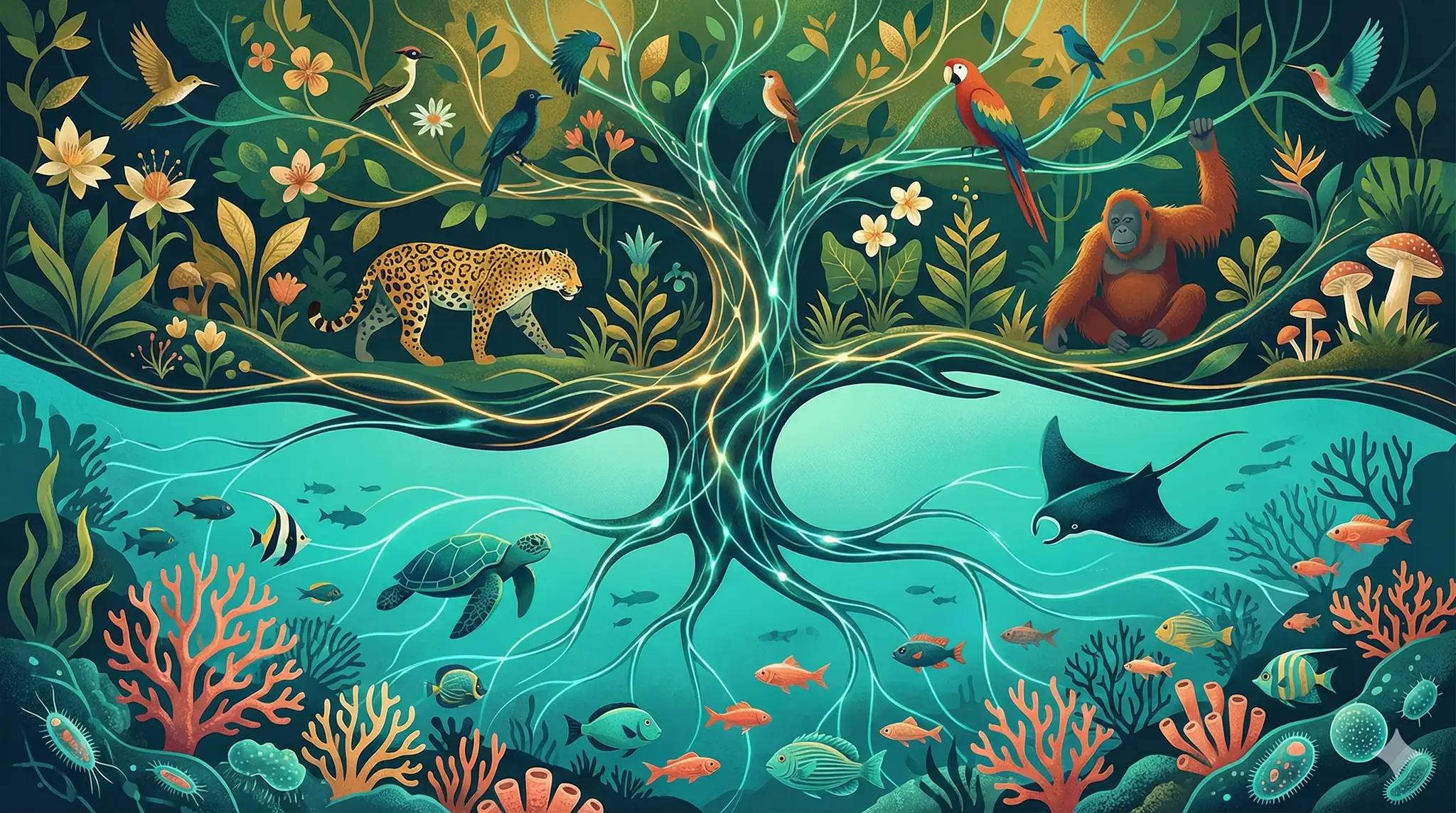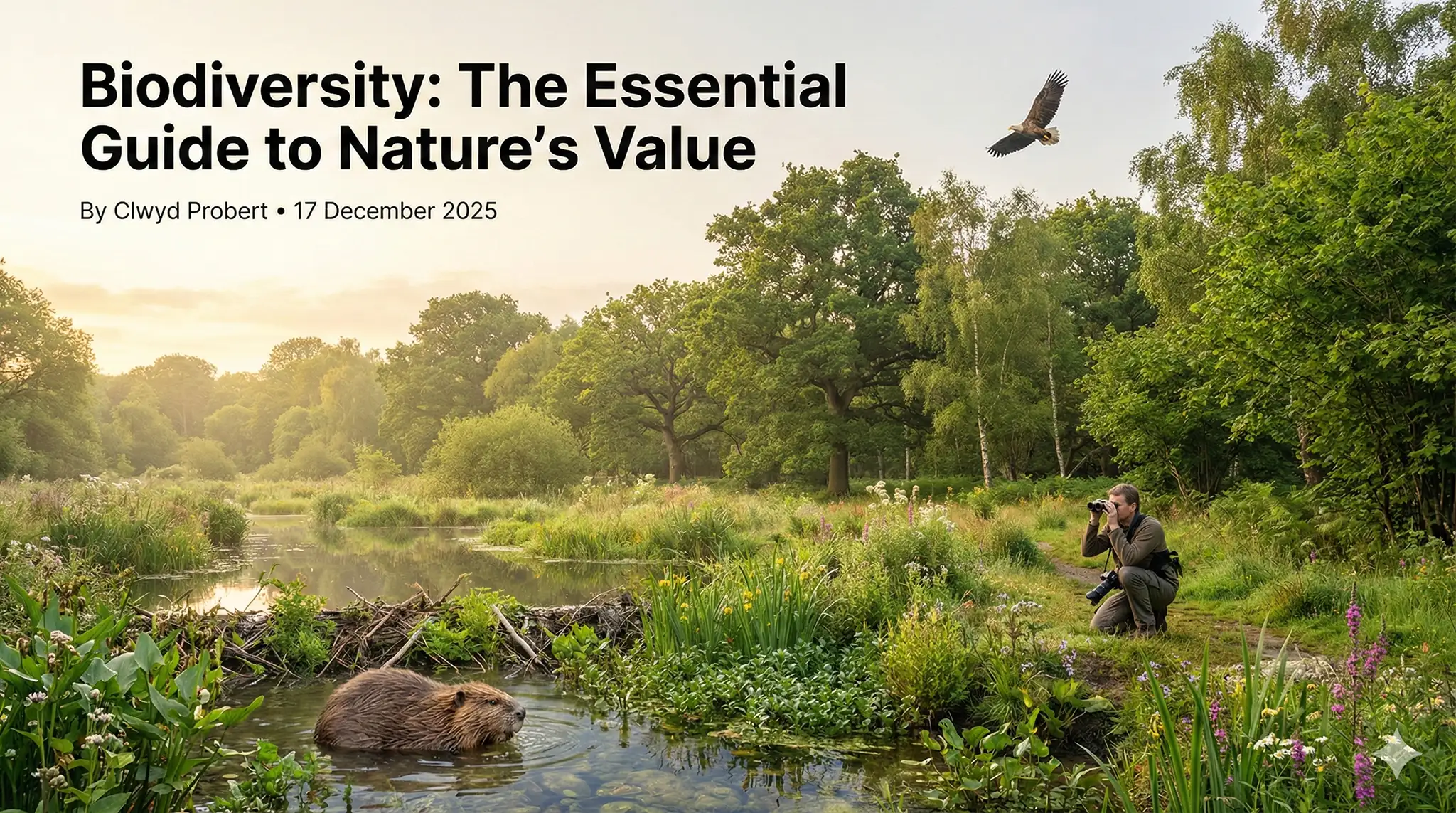Introduction to biodiversity conservation
The sounds of a native forest in Southern Europe evoke a sense of calm and tranquillity, reminding us of our deep connection to the natural world. Ecosystems and their biodiversity hold the key to life on this planet, and they are critical in addressing one of the biggest challenges of our time: climate change.
Thomas Crowther, a renowned ecologist, is passionate about understanding the complex relationships between species, and how they can help us tackle this global issue.
The Importance of Forests in Combating Climate Change
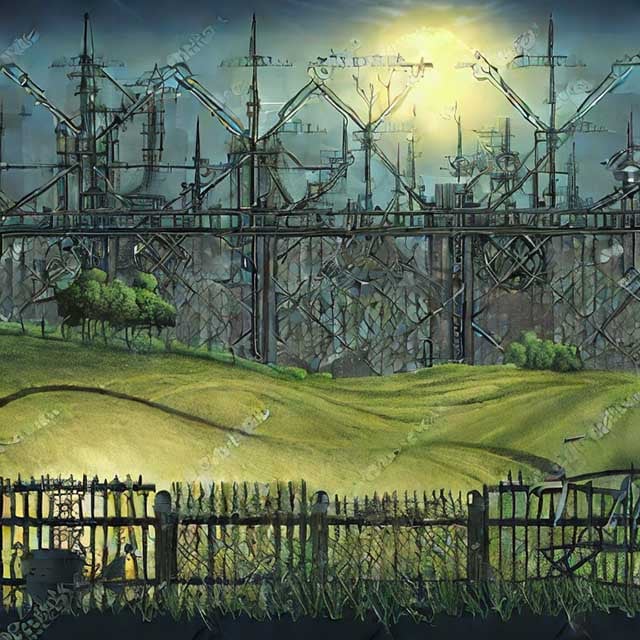 Forests play a vital role in the fight against climate change. Trees capture carbon from the atmosphere, using it for growth, and some of that carbon enters the soil, where it can stay for hundreds or even thousands of years. If we could stop the losses of forests around the world and start planting more trees, we could directly help to cut our annual emissions and even help with the repair process.
Forests play a vital role in the fight against climate change. Trees capture carbon from the atmosphere, using it for growth, and some of that carbon enters the soil, where it can stay for hundreds or even thousands of years. If we could stop the losses of forests around the world and start planting more trees, we could directly help to cut our annual emissions and even help with the repair process.
Crowther and his team of scientists and experts from all over the world used machine learning models to predict the structure of forests around the world. The results were remarkable: there is room for over one trillion new trees, which could capture up to 30% of the excess carbon in the atmosphere. This discovery sparked a global movement to restore the earth's forests, with governments, companies, and organizations pledging their support to the cause.
The Challenges of Restoration Efforts
However, restoring nature is not as simple as planting a few trees. As Crowther soon learned, there are many ways in which restoration efforts can go wrong, leading to monocultures and the loss of local biodiversity. These monocultures, often planted for rapid timber production or carbon capture, may be valuable for timber, but they are not the restoration of nature. To avoid these mistakes, Crowther and his team partnered with Google to create Restor, a digital ecosystem for restoration.
Restor: An Open Data Platform for Restoration Efforts
Restor is a powerful tool for engaging with the restoration movement. It provides free ecological insights to help organizations and individuals make informed decisions about restoration efforts, and it is designed to grow and evolve as more data is added to the network. With Restor, anyone can access valuable information about the best species of trees, grasses, or shrubs to plant in a specific region, monitor restoration projects, and share ecological information with others in the community. The more data the community uploads, the stronger the predictions get, and the more informed action we can all take.
The Benefits of Restoration Go Beyond Climate Change
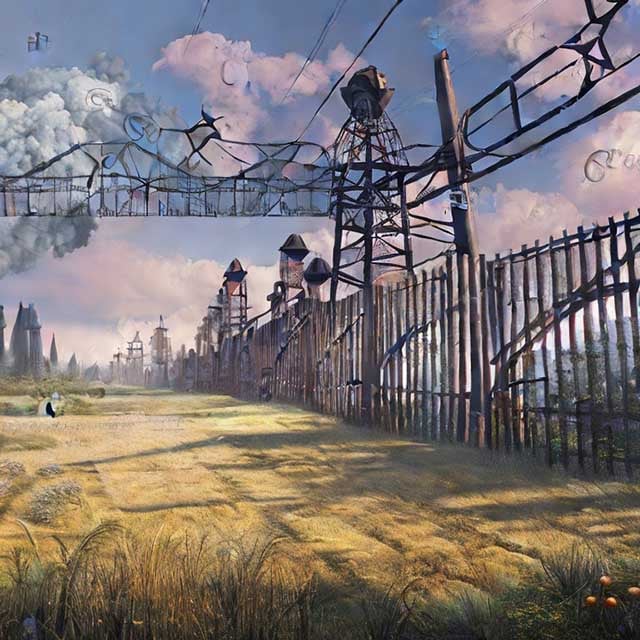 Restoring nature is not just about combating climate change, it is also about returning the earth to its original owners: the local biodiversity and communities that depend on it. The benefits of restoration go far beyond reducing emissions. Even if climate change stopped right now, the protection and rebuilding of earth's biodiversity would still be a top priority, as it underpins all life on earth. It can help us with other global threats, including extreme weather events, droughts, food shortages, and global pandemics.
Restoring nature is not just about combating climate change, it is also about returning the earth to its original owners: the local biodiversity and communities that depend on it. The benefits of restoration go far beyond reducing emissions. Even if climate change stopped right now, the protection and rebuilding of earth's biodiversity would still be a top priority, as it underpins all life on earth. It can help us with other global threats, including extreme weather events, droughts, food shortages, and global pandemics.
Frequently Asked Questions (FAQ)
Q: What is the global movement to restore nature's biodiversity? A: The global movement to restore nature's biodiversity is an effort to protect and rebuild earth's ecosystems, with a focus on planting more trees and preserving local biodiversity. This movement was sparked by the discovery of the potential for forests to capture carbon and help combat climate change.
Q: What role do forests play in combating climate change? A: Forests play a crucial role in combating climate change. Trees capture carbon from the atmosphere, and when they grow, some of that carbon enters the soil, where it can stay for hundreds or even thousands of years. By planting more trees and preserving existing forests, we can help reduce our annual emissions and even help with the repair process.
Q: What is Restor? A: Restor is a digital ecosystem for restoration, created by Thomas Crowther and his team in partnership with Google. It provides free ecological insights and helps organizations and individuals make informed decisions about restoration efforts. The more data the community uploads, the stronger the predictions get, and the more informed action we can all take.
Q: What kind of information can I find on Restor? A: With Restor, you can find valuable information about the best species of trees, grasses, or shrubs to plant in a specific region, monitor restoration projects, and share ecological information with others in the community. The platform also provides free ecological insights to help organizations and individuals make informed decisions about restoration efforts.
Q: Why is restoration important, even if climate change stopped right now? A: Restoring nature is important for many reasons, beyond just combating climate change. It is about returning the earth to its original owners: the local biodiversity and communities that depend on it. The benefits of restoration go far beyond reducing emissions and can help us with other global threats, including extreme weather events, droughts, food shortages, and global pandemics.
Q: How can I get involved in the global movement to restore nature's biodiversity? A: You can get involved in the global movement to restore nature's biodiversity by planting trees, supporting local restoration efforts, and using tools like Restor to make informed decisions about restoration projects. You can also spread the word and educate others about the importance of restoration and the role it plays in combating climate change and preserving local biodiversity.
Conclusion: Biodiversity conservation
The global movement to restore nature's biodiversity is a complex and challenging effort that will require the collective efforts of scientists, governments, NGOs, businesses, and individuals. However, with powerful tools like Restor and the commitment of people everywhere, we can create a brighter future for our planet and its inhabitants. Join the movement and help restore the earth's ecosystems, one tree at a time.
